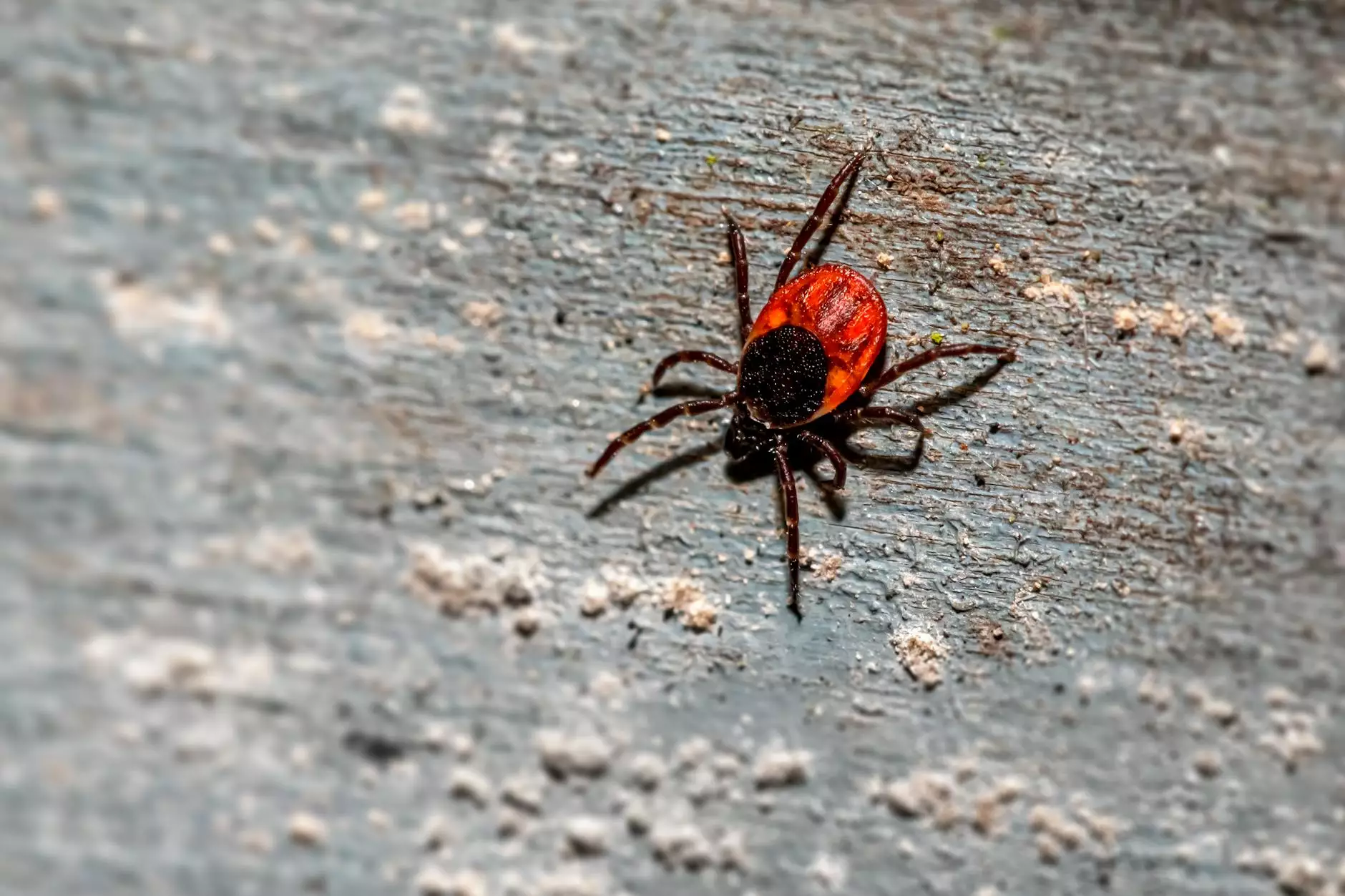Lyme Disease

Understanding Lyme Disease
Lyme Disease is a complex bacterial infection transmitted through the bite of ticks infected with the bacterium Borrelia burgdorferi, primarily found in deer ticks commonly found in wooded and grassy areas. Named after the town of Lyme, Connecticut, where it was first identified, Lyme Disease has become a significant public health concern.
The Causes and Risk Factors
The primary cause of Lyme Disease is the bite of infected ticks. However, not all tick bites lead to Lyme Disease. The risk is higher if the tick stays attached for more than 36 hours. Factors such as spending time outdoors in tick-infested areas, not using protective clothing or repellents, and lack of tick awareness increase the likelihood of contraction.
Common Symptoms
The early symptoms of Lyme Disease can vary and may resemble other illnesses. The most common initial signs include:
- Fatigue: A persistent feeling of tiredness and lack of energy.
- Headache: Recurrent or severe headaches.
- Joint and Muscle Pain: Widespread pain, especially in the joints and muscles.
- Chills and Fever: Recurring episodes of chills and fever.
- Swollen Lymph Nodes: Enlarged lymph nodes, often in the neck or groin area.
Advanced Symptoms and Complications
If left untreated, Lyme Disease can progress to more severe stages, leading to various complications involving the nervous system, heart, and joints. Some of the advanced symptoms include:
- Neurological Issues: Memory problems, difficulty concentrating, sensory disturbances, and even facial paralysis.
- Cardiovascular Problems: Irregular heart rhythms, heart inflammation, and chest pain.
- Joint Swelling: Painful and swollen joints, especially in the knees.
- Chronic Fatigue: Severe fatigue that persists for months or even years.
- Mental Health Effects: Depression, anxiety, and other mood disorders.
Diagnosing and Treating Lyme Disease
Due to the variability of symptoms, diagnosing Lyme Disease can be challenging. A thorough evaluation of medical history, physical examination, and specific blood tests helps in confirming the presence of the infection. Early detection and prompt treatment are crucial to prevent complications.
Treatment Options
Lyme Disease is typically treated with antibiotics. The choice and duration of antibiotic treatment depend on factors such as the stage of the disease, symptoms, and individual health. Oral antibiotics are usually prescribed, and in some cases, intravenous antibiotics may be necessary for more advanced stages.
Prevention Strategies
Prevention is key when it comes to Lyme Disease. Protect yourself and your loved ones by following these preventive measures:
- Tick Avoidance: Stay away from areas where ticks are commonly found, such as tall grass and wooded areas. Use designated trails whenever possible.
- Protective Clothing: Wear long sleeves, pants, and socks treated with tick repellents. Light-colored clothing helps spot ticks easily.
- Tick Checks: Conduct thorough tick checks after spending time outdoors, paying close attention to hidden areas like the back of your knee, scalp, and armpits.
- Insect Repellents: Apply Environmental Protection Agency (EPA)-registered tick repellents on exposed skin. Follow the instructions and reapply as needed.
- Landscaping: Create a tick-resistant yard by keeping lawns well-maintained, removing leaf litter, and creating physical barriers.
Trust Smith, Arthur F, MD for Expert Lyme Disease Care
When it comes to managing Lyme Disease, you need a knowledgeable and experienced healthcare provider you can rely on. At Smith, Arthur F, MD, we specialize in Lyme Disease diagnosis, treatment, and prevention. Our team of dedicated professionals is committed to providing personalized care and helping you regain your health and well-being.
Contact us today to schedule an appointment, learn more about Lyme Disease, or discuss any concerns you may have. We are here to support you on your journey towards a healthier life.




